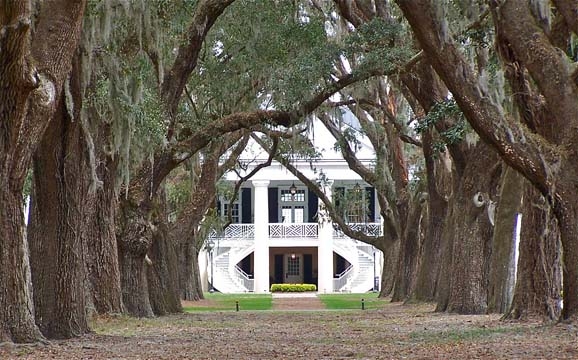American business icon Henry Ford could have chosen any place for their winter home, but they chose Richmond Hill, GA, and the hundreds of acres known today as Ford Plantation. Devastated after Sherman's March to the Sea in 1864, 80% of the surrounding county's residents fell into poverty for the next half century. Fortunes changed when Ford and his wife Clara visited Ways Station, as Richmond Hill was then known, looking for a winter retreat. They built their winter estate on Sterling Bluff and set about erasing the impoverishment of Ways Station over the next 22 years. Eventually, Ford bought 70,000 acres, drained the swamps, constructed a sawmill, subsidized healthcare, built schools, a church, commissary, trade school, community house, and homes for his 600 employees. The tycoon ultimately built 272 buildings on his property. With friends Thomas Edison and Harvey Firestone, Ford formed the Edison Botanic Society and conducted laboratory experiments, attempting to turn agricultural products into goods useful to the auto industry. Ford Farms transformed former rice fields into fields of fine iceberg lettuce and grew 365 varieties of soybeans, testing their properties for extracting rubber. Tycoon or not, you can live where the Fords did, with the added attractions of an inspired Pete Dye golf course, which recently celebrated a $7 million renovation, as well as a combination of deluxe amenities and high-class service the Fords would have welcomed. It’s quiet inside the gates, but today’s residents of Ford Plantation enjoy all modern conveniences of a thriving metropolis nearby, including hospitals, shopping and entertainment.
